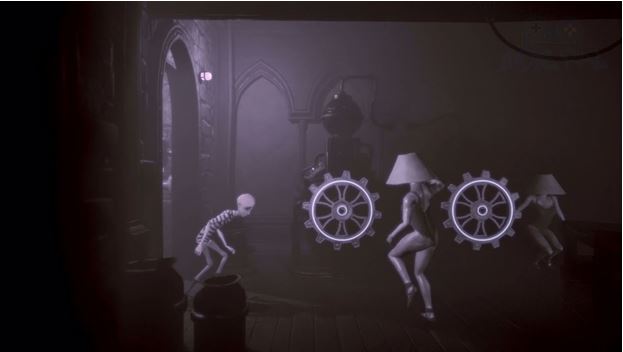

This makes environmental exploration a treat, and the game’s best puzzles utilize the pseudo-Escherian design to great effect. Lloyd can only move on a 2D plane at any given time, but there are devices and levers in the environment that enable him to lurch into parallel 2D planes or even rotate the environment to walk on a different axis. Instead, he must walk on walls and ceilings to progress. Lloyd’s ability to jump is contextually based, not mapped to a button. This may sound typical, but Lloyd’s ability to manipulate and traverse his dreamworld in atypical ways elevates DARQ beyond puzzle game standards.ĭARQ isn’t a platformer in the traditional sense. Some puzzles are action-based and timed, while others are more contemplative. As I navigated Lloyd through seven distinct chapters of increasingly diabolical mindscapes, the puzzles I solved were mostly satisfying, thoughtfully designed, and logical. The use of grayscale, soft lighting, and muted colors masterfully set the mood for DARQ’s core premise: A boy named Lloyd knows he’s having a nightmare, but he can’t seem to wake up.ĭARQ is more than just a pretty face.

Though there are some tense moments and a few jump scares, the horror elements mostly come from unsettling surrealism. The first thing that jumps out at you likely won’t be one of DARQ’s freakish antagonists, but its creepy, Tim Burton-esque aesthetics. But it’s DARQ’s novel approach to puzzles and platforming that really sets it apart. DARQ is dripping with atmosphere and clever puzzles, adroitly telling a surprisingly nuanced and macabre story without relying on text or dialogue. While lucid dreaming my way through a seemingly inescapable nightmare in DARQ, the debut title from Unfold Games, I was initially struck by its kinship to games like Tarsier Studios’ Little Nightmares and Playdead’s Limbo and Inside.


 0 kommentar(er)
0 kommentar(er)
